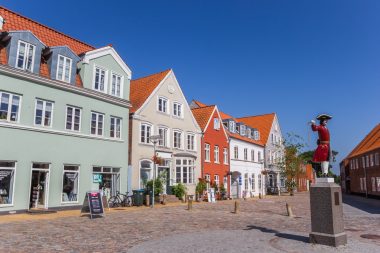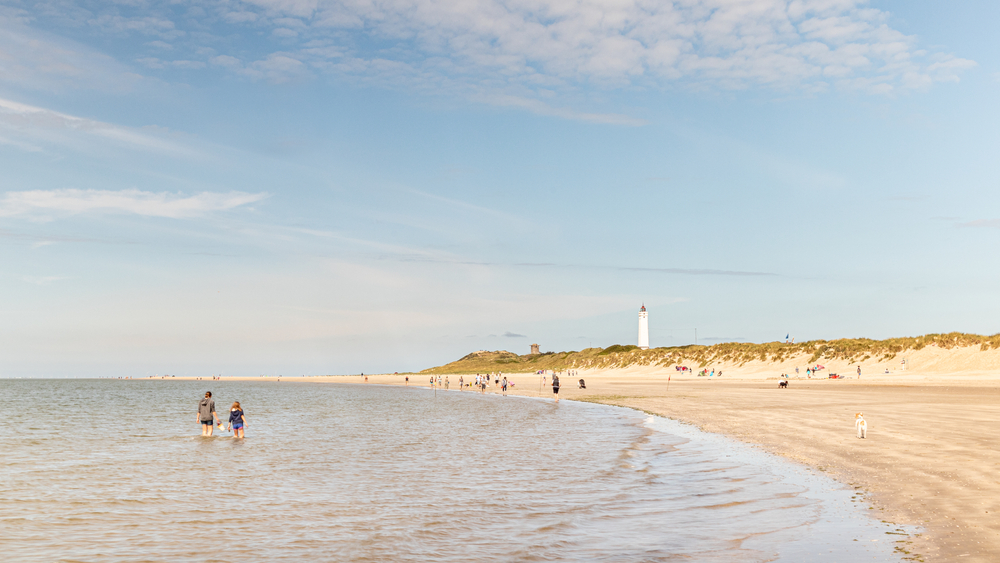With its prominent proximity to the German border, the beautiful beaches and the somehow familiar culture, South Jutland is already a sought-after destination for many travellers from Germany and Europe. The proximity to Germany makes the journey easy and yet you can experience the small and large wonders of the North Sea in a very special way and immerse yourself a little more in the Nordic culture of Denmark. Southwest Jutland also offers just the right infrastructure for a self-sufficient holiday in a holiday home or apartment – and thus the perfect basis for a great holiday in Denmark.
Discover South Jutland – what to see here?
Of course, South Jutland, like the entire part of the Danish North Sea coast, lives from the close connection with the sea. The landscapes are characterized by dunes and flat land, by beautiful green meadows and extensive fields. It is above all the rough North Sea landscape that has shaped this part of Denmark. There are hardly any big cities to be found here, but there are many idyllic villages with their own connections to the coast and a long history in trade and agriculture, which of course has also shaped Denmark for centuries. In addition to the sea – which is the number one attraction for most tourists – the southwest of Jutland also has a long history and one or two sights to offer. The reason why this part of Denmark in particular is so popular with German holidaymakers cannot be explained solely by the proximity to the German border. Southwest Jutland is just the place to go if you want to switch off from the stressful everyday life and get completely into nature and have a great time.
The main attractions in Southwest Jutland and the surrounding area

Lifestyle, food and culture in Southwest Jutland
Although South Jutland is so close to the German border, the cultures of the Danes and Germans are quite different. Although one shares one or two culinary peculiarities with the North Germans on the coast, the Danes are otherwise known above all for their extravagant hospitality – unlike the typical North German, who is considered reserved and distant and polite. Of course, a look at the local restaurants can be worthwhile, especially on the coast. Fresh North Sea crabs and other specialties from the sea have been part of the menu here for centuries and are usually prepared in the traditional way. Hearty vegetable dishes and the sweet tooth of the Scandinavians round off the culinary offer. Otherwise, the small surrounding towns also have a lot of culture to offer. Denmark is known for its ancient churches and not least for the Viking culture, which can also be found in southwest Jutland. A visit to the museums and old sites can be a great memory for the whole family and is a nice change from the walks on the beach and the peace and quiet that can be experienced here in this beautiful part of Denmark.


